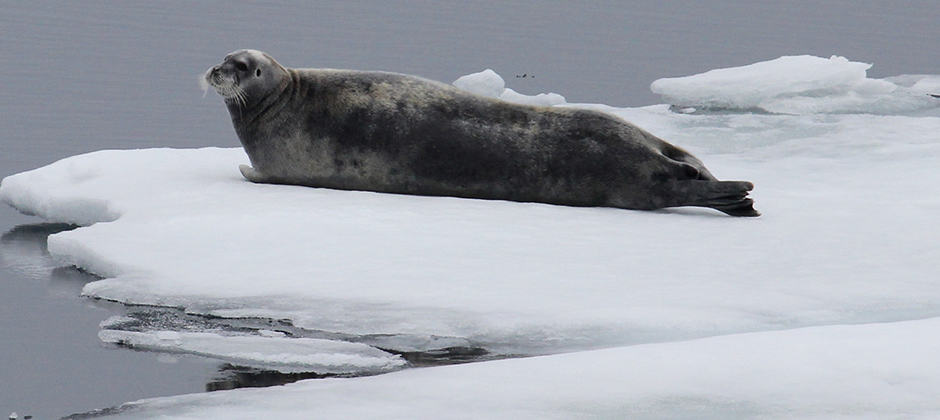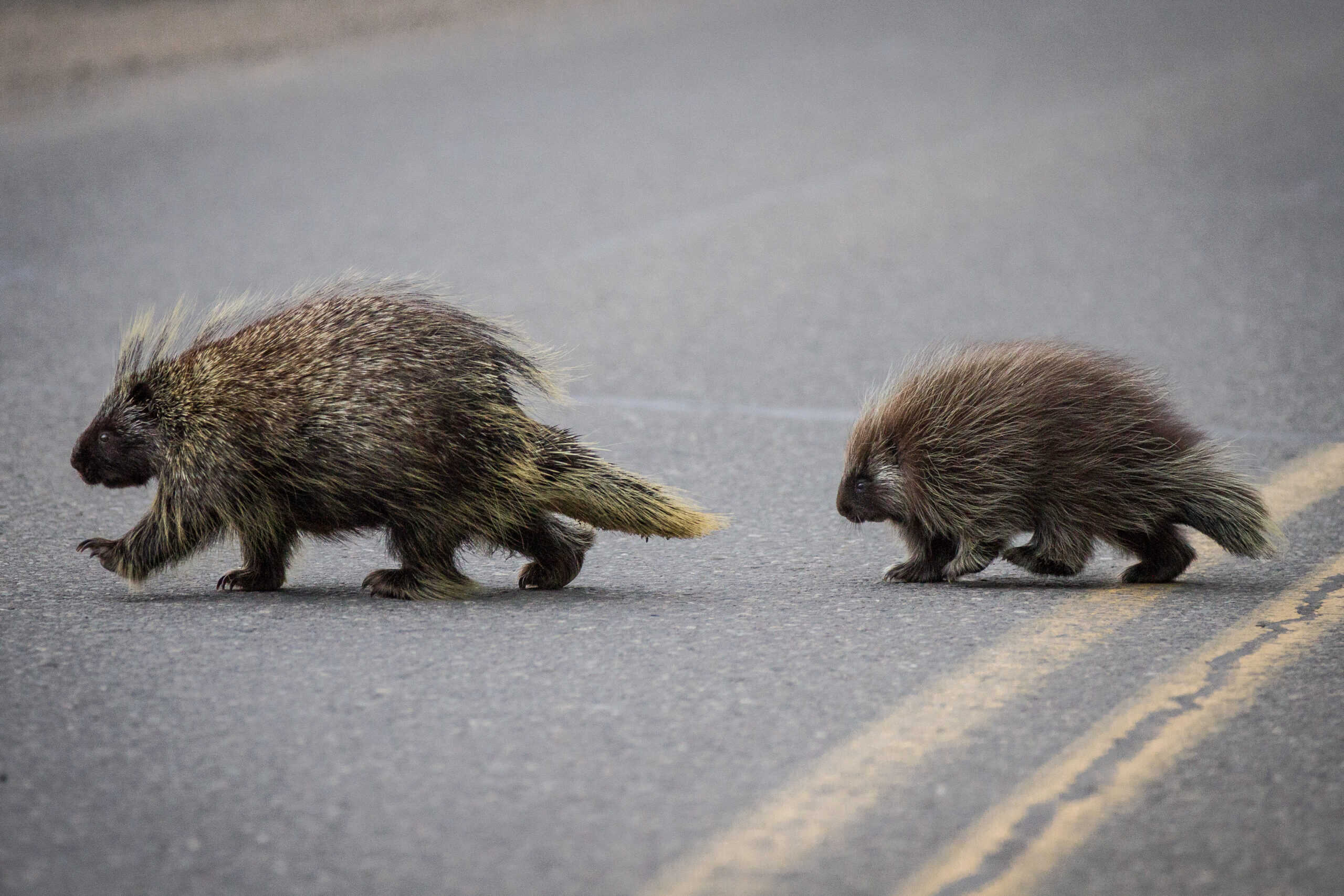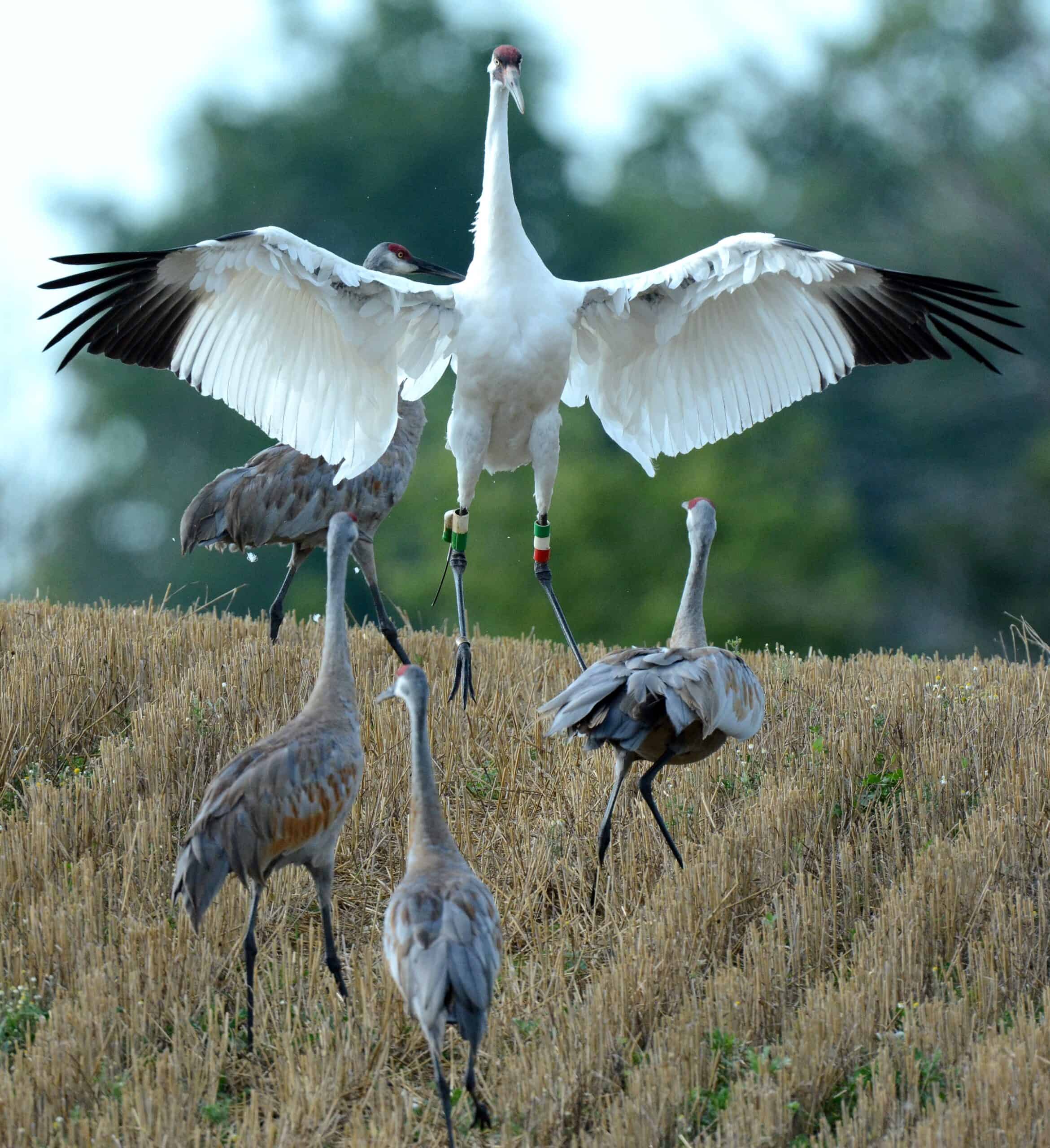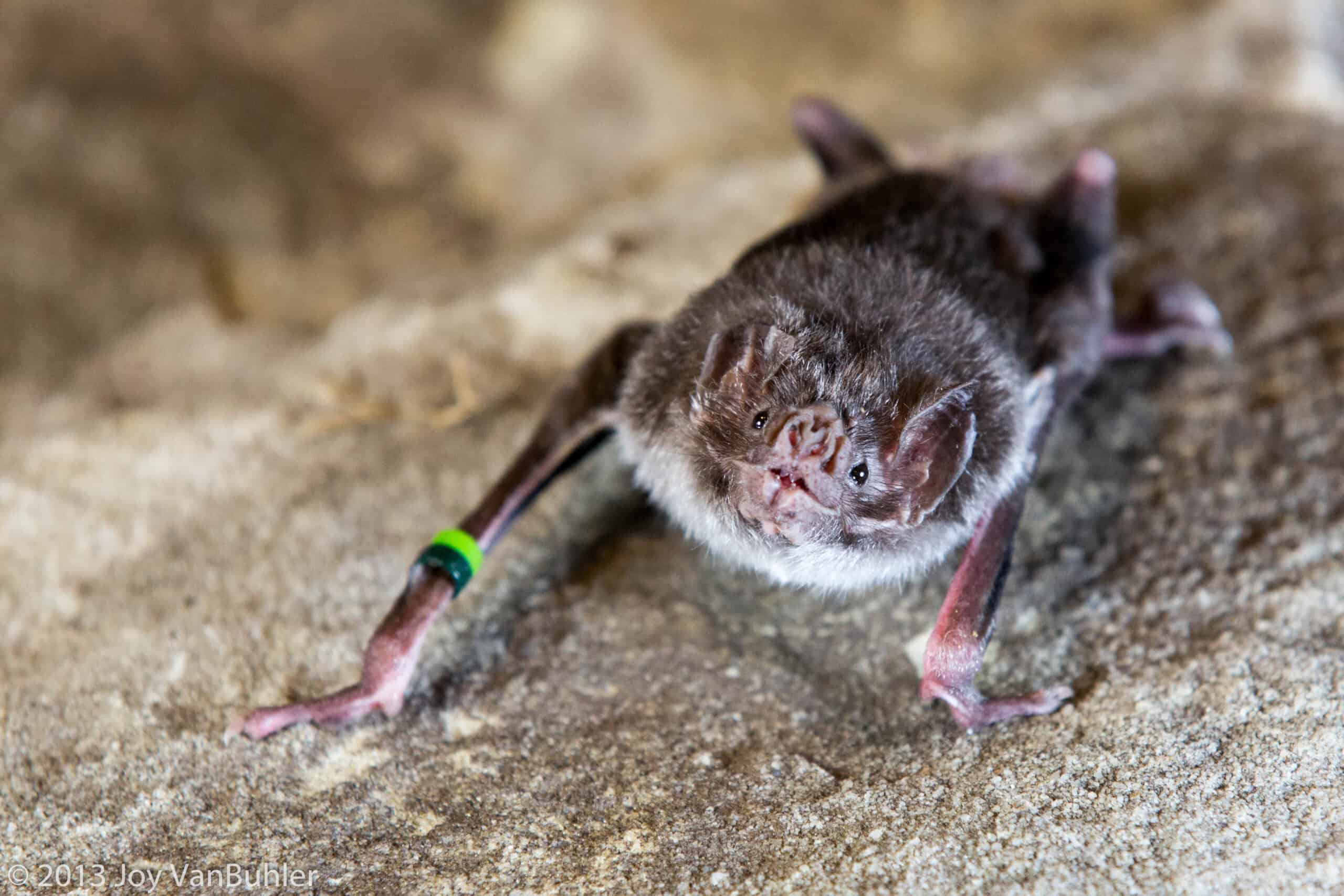Share this article
TWS2021: Indigenous hunters teach researchers about seals
Conversations that researchers have had with indigenous hunters in Utqiaġvik, Alaska, have revealed information about where seal species are showing up and how climate change may impact them.
By including indigenous knowledge in habitat models, the models could “provide a better understanding of critical habitat for many of these species,” said Rowenna Gryba, a PhD candidate at the University of British Columbia, in a talk at The Wildlife Society’s 2021 virtual annual conference.
Native Alaskans hunt bearded seals (ugruk in Iñupiaq, Erignathus barbatus), spotted seals (qasigiaq, Phoca largha), and ringed seals (natchiq, Pusa hispida) for subsistence.
Past research using indigenous knowledge focused on large-scale movements or migrations of species that hunters were harvesting. Gryba wanted to focus more on fine-scale behaviors and habitat associations of seals.
She and her colleagues conducted interviews with nine indigenous hunters, focusing on topics like if seals were associated with different types of ice or ice concentrations. They also provided hunters with maps to draw where seals were concentrated and at what times.
Then, they returned to the hunters to conduct follow-up interviews to make sure their interpretations of their knowledge was accurate.
The team found that bearded seals concentrate in an area called Elson Lagoon and along the coastline between Utqiaġvik and Monument as well as in Peard Bay.
Hunters reported ringed seals as being almost everywhere in the waters around Utqiaġvik, with concentrations between Nuvuk and Monument and Elson Lagoon. “We heard in the spring this area along the coast you can see hundreds of ringed seals up on the sea ice during their molting period,” Gryba said.
Spotted seals showed a bit of a different story. They’re more concentrated in Admiralty Bay, which is east of Utqiaġvik. They’re specifically found in Tiny Island and Oarlock Island, where the researchers actually go to tag the species because they have such high concentrations there.
Different seal species also had different associations with sea ice. Ringed seals were associated with higher ice concentrations in the winter than bearded seals, but both species were associated with lower concentrations through summer and fall. Gryba said changes in sea ice in spring can impact ringed seal habitat use, since they are more likely to haul out in the spring. “Differences and associations with ice formation between species can really give insight into the potential effects of climate change in this area,” she said. Spotted seals were less associated with sea ice because of their migratory behavior. They arrive once the sea ice has already receded and leave when the sea ice forms.
Indigenous hunters also helped the researchers understand more about foraging behavior for the three species as well as the importance of inland water bodies. For example, bearded and spotted seals use more rivers and creeks than ringed seals. Spotted seals, they found, were also more associated with things like bays and inlets, and they haul out on sandbars. Foraging behavior hunters reported showed all three species have different foraging hot spots that will be used for several days by multiple individuals of the same species.
Gryba said this type of information is important. “Fine-scale information that has been shared through us or indigenous knowledge is not available through some of our satellite tagging methods that we traditionally use to understand movement of these species,” she said. “We obviously have implications for defining critical habitat for these species and including indigenous knowledge more thoroughly when we go to define critical habitat in the species listings process.
Conference attendees can visit office hours for this contributed paper on Friday, Nov. 5 from 2 p.m. to 3 p.m. to learn more and ask questions.
Header Image: Bearded seals concentrated in an area called Elson Lagoon and along the coastline between Utqiaġvik and Monument as well as in Peard Bay, researchers learned from indigenous knowledge. Credit: Gary Bembridge








